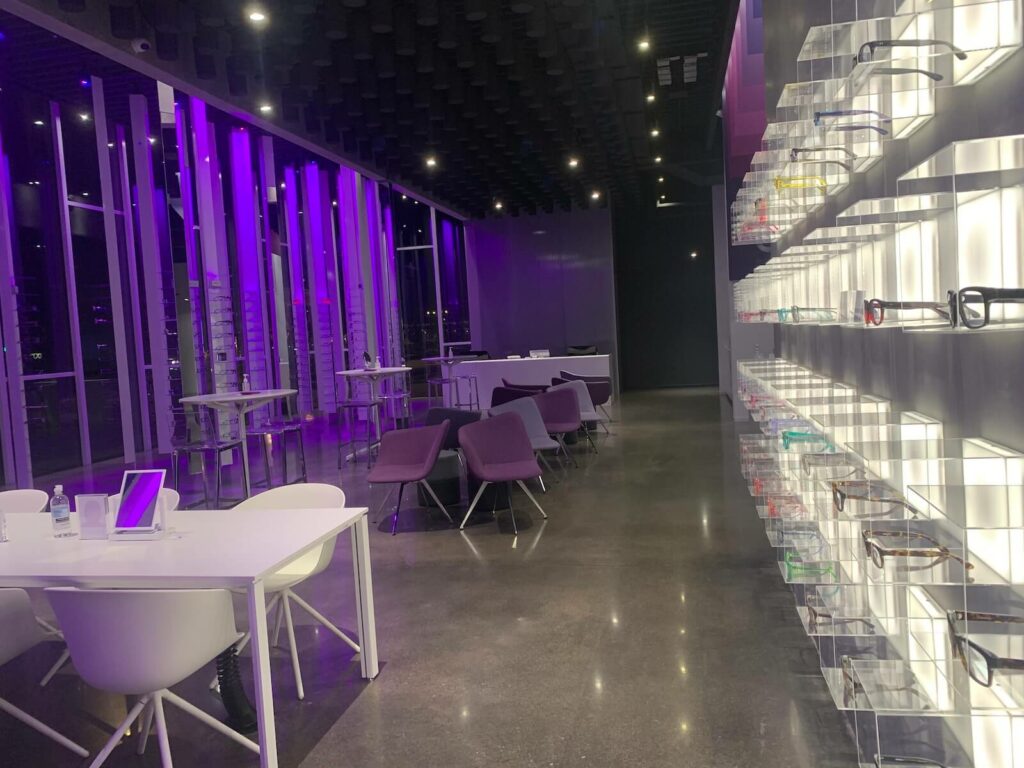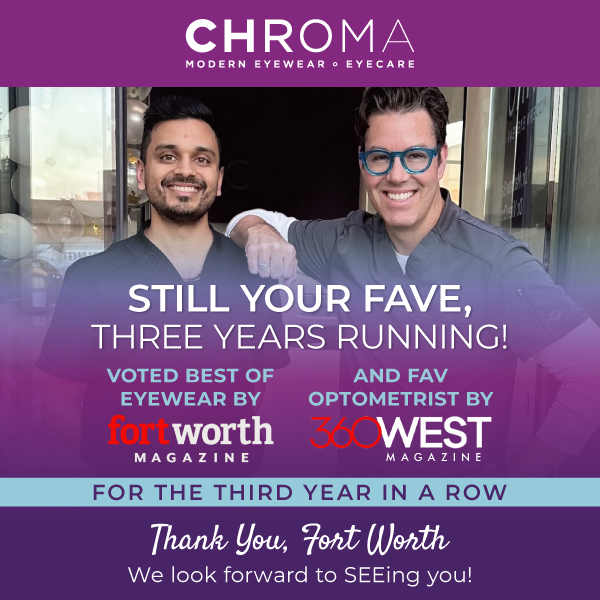Vision correction is an essential part of life for many people, whether they’re slipping on a pair of stylish frames in the morning or popping in contact lenses for a busy, active day. But when it comes to the prescriptions that make those lenses work their magic, you should know that there’s more than meets the eye.
Glasses and contact lens prescriptions are not the same. Each serves a unique purpose and includes specific information tailored to how the corrective lens will interact with your eye.
The Basics of a Glasses Prescription
Think of a glasses prescription as a blueprint for clarity. It includes a set of measurements carefully calculated to correct refractive errors like nearsightedness (myopia), farsightedness (hyperopia), and astigmatism.
Here’s what you’ll typically find on a glasses prescription:
- Sphere (SPH): Indicates the lens strength needed to correct your vision.
- Cylinder (CYL) and axis: These correct astigmatism by specifying the curvature adjustment needed.
- ADD: This is included for multifocal glasses, such as progressive or bifocal lenses, to correct presbyopia.
Why Your Glasses Prescription Won’t Work for Contact Lenses
Glasses lenses sit about 14 millimeters, or just over half an inch, away from your eyes. However, contact lenses sit directly on your cornea. 14 millimeters doesn’t sound like a lot, but for your prescription, it can mean a world of difference. If you’re thinking you can use your glasses prescription to order contact lenses, think again.
Here’s what makes a contact lens prescription unique:
- Base curve (BC): Determines the curvature of the contact lens to match your eye’s shape.
- Diameter (DIA): Ensures your contacts fit comfortably and don’t shift while you blink.
- Material and brand: Specific lenses are often recommended based on your lifestyle and eye health needs.
- Lens power adjustment: The prescription strength for contacts may differ slightly from glasses because of how close the lens sits to your eye.
Fitting contacts is an art that requires precision. You’ll need a professional fitting with the eye doctors at CHROMA who take specialized measurements to ensure that your contacts provide clear vision, a comfortable wearing experience, and safety.
Glasses vs. Contacts Prescriptions: Key Differences
Although both glasses and contact lens prescriptions aim for optimal vision correction, each addresses the unique needs of its format. Here’s where they differ:
The Fitting Process
When getting fitted for glasses, it’s all about finding a frame that complements your personality and ensuring the lenses follow your prescription. Contacts, however, require a more detailed fitting.
Contact lenses can’t just rest on your nose, they need to perfectly align with the shape of your eye. Our optometrists at CHROMA will measure the curvature of your cornea, assess the size of your eye, and choose lenses that fit securely yet comfortably.
Lifestyle & Comfort Factors
Choosing between glasses and contacts often comes down to what fits your lifestyle better. Glasses can double as a fashion statement and are a low-maintenance option, while contacts are ideal for those who value an active, unobstructed lifestyle. For many, it’s something as simple as going for a run without having to adjust your frames—that’s the joy of contacts.
Eye Health Considerations
While glasses are relatively low-effort to maintain (a quick lens wipe and you’re good to go), contacts require more attention. You’ll need to follow hygiene protocols such as using cleaning solutions, replacing lenses as directed, and never sleeping in contacts unless explicitly advised by the Doctors at CHROMA. Neglecting these steps can lead to dry eyes or even infections.

What to Expect When Trying Contacts for the First Time
If you’re considering making the leap to contact lenses, CHROMA modern Eyewear Eyecare should be your first stop. Here’s what you can expect during the process:
- Comprehensive eye exam: Before prescribing contacts, we’ll evaluate your vision and check the overall health of your eyes.
- Personalized fitting: A proper fitting helps your lenses be comfortable, align with your prescription, and meet your lifestyle needs. Once we determine you’re a good candidate for contact lenses, it’s time to take the next step.
- Practice makes perfect: At CHROMA, we’ll show you how to put in and take out your lenses safely and practice proper care techniques to maintain good eye health.
- Follow-up care: We’ll schedule check-ups to ensure the lenses continue to meet your needs and fit properly.
Busting Common Myths About Contact Lenses
There’s a lot of misinformation floating around about contact lenses, so let’s set the record straight:
Myth 1: Contacts are Uncomfortable
Modern lenses are incredibly comfortable, even for those with sensitivities or hard-to-fit eyes, such as astigmatism. Innovations in materials mean almost everyone can enjoy a soft yet secure fit.
Myth 2: They’re Too Hard to Maintain
Sure, contacts require more care than glasses, but once you get into a routine, cleaning and storing them is simple and quick. Plus, there’s a disposable schedule to fit anyone’s lifestyle—including daily, two-week, and monthly replacement options. Whether you prefer the convenience of tossing lenses at the end of the day or a longer wear cycle, our eye doctors at CHROMA can help you find the right plan for you.
Myth 3: Anyone Can Wear Any Contact
Contact lenses are not one-size-fits-all; they must be professionally fitted to your eyes by an eye doctor, so talk to us first. That includes costume lenses!
The Benefits of Contact Lenses
If you’re debating whether to try contact lenses, here’s why you might want to take the plunge:
- Full peripheral vision: Contacts provide a seamless, edge-to-edge view with no obstructions from frames.
- Convenience for active lifestyles: Whether you’re hitting the gym, swimming, or hiking, contacts move with you, making them an ideal choice for physical activities.
- Aesthetic appeal: Contacts allow you to enjoy clear vision without changing your appearance. No need to match your frame to your wardrobe here!
- Specialized options: From multifocal to astigmatism-correcting toric lenses, there’s a contact lens for nearly every vision need.
- Weather-proof vision: Say goodbye to glasses fogging up on a rainy or steamy day.
See the Difference with CHROMA
Choosing the right vision correction solution is more than seeing better. It’s about feeling confident in your choice. Whether you’re a lifelong glasses enthusiast, curious about contacts, or ready to switch things up today, CHROMA modern Eyewear Eyecare is here to help every step of the way.
Book your appointment today for a personalized consultation and care that prioritizes your comfort. Because when it comes to your vision, you should see the difference!



